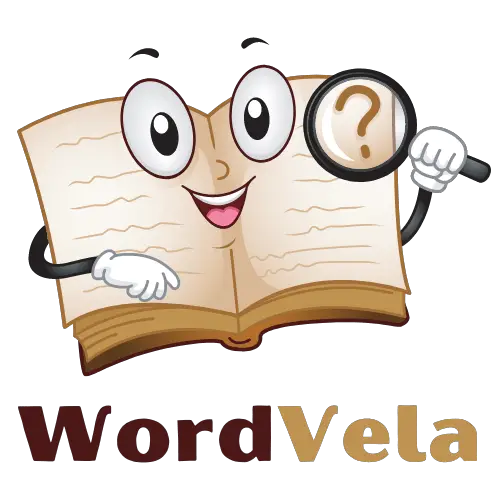Ways to Ask for a Quick Response in an Email: Asking for a quick response in an email is essential to keep communication flowing smoothly.
When time is of the essence, it’s important to know how to politely nudge the recipient for a reply without being pushy.
In this article, we explore 12 polite ways that you can use to ask for a swift response in your emails, ensuring effective and timely correspondence every time.
Table of Contents
Polite Ways to Ask for A Quick Response in An Email:
Here are 12 ways to politely request a prompt response in your email, categorized by formality:
Ask for A Quick Response in An Email Meaning:
In an email, asking for a quick response means politely requesting the recipient to respond to your email sooner than usual.
It conveys that their response is important to move forward with a task, meet a deadline, or simply continue the conversation efficiently.
Here’s a breakdown of the meaning:
Prompt Response Meaning:
A prompt response means a reply or answer that is given quickly and without delay. It emphasizes that the response is done in a timely manner, ideally soon after the request or question is received.
Here’s a breakdown of the meaning:
How to Ask for A Quick Response in An Email:
There are many ways to ask for a quick response in an email, depending on the level of formality and urgency. Here are some tips and options:
General Tips:
How Do You Politely Chase a Response?
Chasing a response politely involves sending a follow-up email reminding the recipient about your previous message and politely requesting a response.
Here are some steps to follow:
Crafting Your Follow-Up Email:
Subject Line: Use a clear subject line that references your original email. You can add “Following Up” or “Re: [Original Subject]” to the original subject line.
Opening: Start with a friendly salutation and a brief reference to your previous email.
Body:
Closing: Thank them for their time and end with a professional closing.
Which is correct quick response or quick respond?
The most common and grammatically correct way to say it is “quick response.”
Here’s why:
Therefore, “quick response” describes the answer you want to receive quickly.
“Quick respond” is not grammatically incorrect, but it’s not the usual way to phrase it. It sounds more like an instruction to respond quickly rather than describing the response itself.
Conclusion and Final Thoughts!
Incorporating these polite ways to request a prompt response in your emails can significantly enhance your communication efficiency.
By utilizing these simple yet effective strategies, you can cultivate better relationships with your recipients and streamline the process of getting the information you need.
Remember, clear and concise communication is key in today’s fast-paced digital world. So go ahead, implement these tips, and watch as your email response rate improves!
Latest Posts!
- 9 Proper Ways to Sign a Letter on Behalf of Someone Else!
- Do You Put a Comma After Yesterday? Here Defined:
- 12 Professional Ways to Say I Will Keep You Posted!
- 10 Other Ways to Say Well Received in An Email!
- 12 Other Ways to Say Thank You for Your Attention!
- Secretary’s or Secretaries’ or Secretaries? Which Is Correct?











Leave a Reply